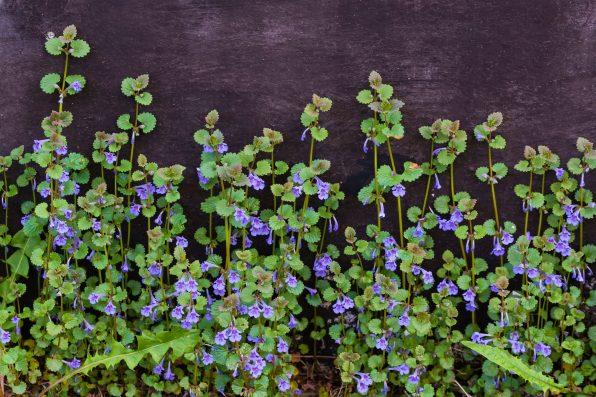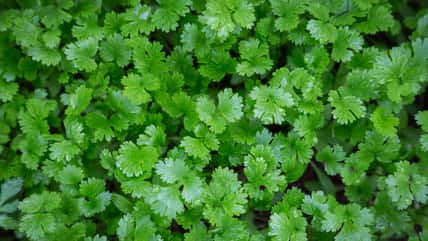Creeping Charlie Is An Invasive Weed That Can Wreak Havoc On Your Garden: Here’s How To Identify And Get Rid Of It

Maintaining a lush garden requires constant attention and care. But, sometimes, unwelcome intruders can still sneak in and wreak havoc.
One of the most notorious garden threats is Creeping Charlie, an invasive and fast-spreading weed known for its ability to take over gardens and choke out beloved plants.
So, understanding how to identify and eliminate this pest is key to keeping your garden healthy.
Spotting Creeping Charlie
Also known as Ground Ivy, Creeping Charlie is a perennial weed that actually belongs to the mint family. It features round, scalloped leaves that emit a minty fragrance when they’re crushed.
The weed typically grows low to the ground, forming dense mats that can quickly cover large areas. During spring, it also produces small, purplish-blue flowers – making it more noticeable in your yard.
How It Harms Your Plants
Creeping Charlie is more than just an eyesore; it can also severely impact the health of your garden.
As it spreads, it forms dense mats that block sunlight from reaching your plants. This can hinder photosynthesis and stunt plant growth.

An-T – stock.adobe.com – illustrative purposes only
Not to mention, Creeping Charlie competes for essential nutrients and water – depriving your plants of the resources they need to thrive.
If left unchecked, it can overtake entire sections of your garden, effectively pushing out the plants you’ve worked so hard to cultivate.
How To Get Rid Of Creeping Charlie
First, for smaller infestations, hand-pulling can actually be an effective way to remove this plant. You’ll want to make sure you pull out the entire root system to prevent regrowth.
Smothering is another non-chemical method that involves covering the infested area with cardboard or black plastic. This technique blocks sunlight and deprives the weed of the light it needs to grow.
For larger infestations, chemical control may be necessary. Some herbicides containing dicamba, triclopyr, or 2,4-D can target Creeping Charlie without harming your grass. But you should always follow the label instructions and take precautions to protect your own plants in your garden.
Preventing This Weed From Returning
Prevention is the best way to keep Creeping Charlie at bay. So, you should keep a close eye on your garden, especially in shady or damp areas where this weed thrives. Earlier detection will allow for prompt removal before the weed becomes a bigger problem.
Creeping Charlie also prefers moist environments. That’s why improving garden drainage – for instance, by adding organic matter to your soil – can help make your landscape less inviting.
Finally, you might also want to consider installing physical barriers, such as edging or landscape fabric, in your garden. This can keep Creeping Charlie from intruding on your garden from neighboring areas.
Sign up for Chip Chick’s newsletter and get stories like this delivered to your inbox.
More About:Gardening





